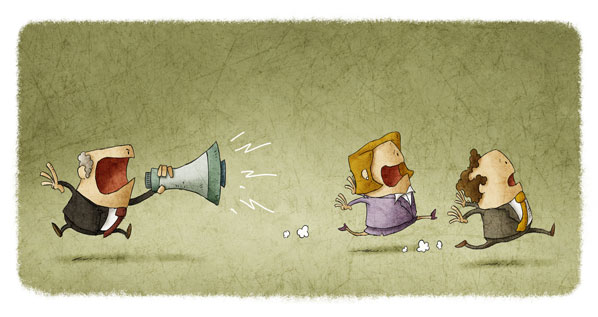
I’ve often defined leadership, which originally morphed from management, as the ability to lead people, build fellowship, and make money. But I’ve realized that this archaic definition is so yesterday!
While employee engagement remains the secret sauce that separates you from your competition, engaged employees alone will not guarantee business success. Just look at iconic companies such as Digital Equipment Corporation, Polaroid, and Arthur D. Little.
They were led by extraordinary leaders and had strong employee satisfaction and engagement, yet they went bankrupt. Why? Because employee engagement, profit, growth, client satisfaction and even solid leadership by themselves are not sustainable.
Today, leadership is about Creativeship, defined as the creation of sustainable cultures and business models.
Creativeship will allow a business to compete and thrive in this world of unprecedented technological advances, globalization, shifting economic drivers, government intervention, changing workforce demographics, vastly different motivational drivers with Gen X, and the emergence of corporate social responsibility as a motivational driver.
The Six Pillars of Creativeship
Sustainability requires that firms shift their leadership model to Creativeship and invest their energies and resources in six prominent and interconnected business priorities: Purpose, Engagement, Performance, Innovation, Tri-Branding, and Global Growth.
Purpose. Generation Y is motivated by purpose as they become a substantial part of the workforce. A parallel trend is the increasing role Baby Boomers are playing in leading corporate social responsibility activities. After years of focusing on wealth accumulation and career advancement, boomers are now shifting their priorities.
Engagement. I define employee engagement as the unlocking of employee potential to drive high performance. To help employees reach their potential, leaders must tap into the intrinsic motivational drivers of their employees and develop a job match that finds symbiosis between what an employee is great at, what they love to do, and what needs to get done.
Performance. Fair and equal are not always one in the same. Recently, a major Internet company announced plans to reward all of their employees (regardless of merit) with a 10 percent pay increase just because the company was doing well. Over time, such a decision erodes employee performance and creates disengagement. There is no incentive for employees to be high performers when mediocrity is rewarded in kind.
Innovation. It seems axiomatic: companies fail when they cease evolving their product or service, or internal processes. And yet many organizations are slow to learn this lesson, leading their organizations for today rather than creating cultures of innovation and sustainability. Creating this sort of company culture requires investing today’s cash to discover tomorrow’s technologies, products, services, geographies, and approaches. The mantra “innovate or die” has never
been more prescient.
Tri-branding. Creativeship is all about leveraging your employment brand to position oneself as an employer of choice. Building sustainable cultures and business models with the valences that are now so much a part of everyday life requires tri-branding. This occurs when companies build tenacious customer brand loyalty and passion that customers and employees then feel compelled to communicate.
In his book, The Tipping Point, Malcolm Gladwell discusses connectors, defined as sociable personalities who bring people together. Given social media’s role as a brand accelerator, connectors — also a key point of Creativeship’s tri-branding message — have never been more relevant than today.
Global growth. Technology is creating a level playing field regardless of where a product is produced or a service is performed. And with younger employees increasingly motivated more by career development opportunities than financial rewards, an organization will seem hopelessly retrograde if it does not find its footing in the greater realm. Having spoken to audiences throughout the world, Creativeship’s theme of global growth continues to be a driver for markets and
talent.
Today’s Millennials WANT to work for global companies, given their experience in studying abroad and their “flat’ worldview. To be truly sustainable, companies that are local need to think regional; companies that are regional need to think national; companies that are national need to think global.
The interdependence of these individual pillars is what defines Creativeship. To build a sustainable corporate culture, you’ve got to ask, “What’s next?” You also need to wonder, “Why? and “Why not?” And you can never take “because” as an answer.
About the Author
Bob Kelleher is an award-winning author, thought leader, keynote speaker and consultant, who travels the globe sharing his insights on employee engagement, leadership and workforce trends. His book, Creativeship – A Novel for Evolving Leaders (BLKB Publishing, Sept 2012), tackles corporate malaise.




